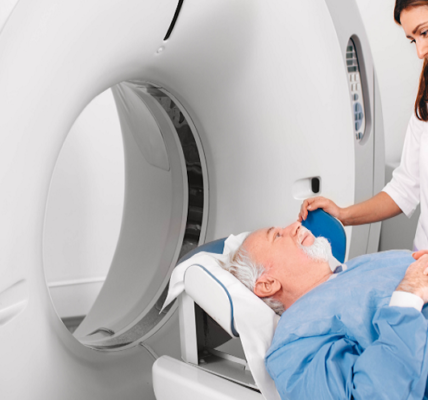Parkinson’s disease is a progressive neurological disorder that affects millions of people worldwide. It is characterized by the loss of dopamine-producing cells in the brain, leading to motor symptoms such as tremors, stiffness, and impaired movement. While there is currently no cure for Parkinson’s disease, significant progress has been made in understanding the condition and developing treatments to manage its symptoms. In this blog post, we will explore the current treatments available for Parkinson’s disease and highlight ongoing research that offers hope for the future.
Current Treatments for Parkinson’s Disease
- Medications: The primary approach to managing Parkinson’s disease involves medications that aim to increase dopamine levels or mimic its effects in the brain. Levodopa is the most effective medication, converting to dopamine in the brain and providing relief from motor symptoms. Other medications, such as dopamine agonists and MAO-B inhibitors, can be used alone or in combination with levodopa to manage symptoms.
- Deep Brain Stimulation (DBS): DBS is a surgical procedure that involves implanting electrodes into specific regions of the brain to deliver electrical impulses. It can help alleviate motor symptoms and improve quality of life for individuals with Parkinson’s disease, particularly in advanced stages.
- Physical Therapy: Physical therapy, including exercises that improve strength, flexibility, and balance, can help individuals with Parkinson’s disease maintain mobility, reduce muscle stiffness, and enhance overall physical function.
- Speech and Occupational Therapy: Speech and occupational therapy can address speech and swallowing difficulties, as well as difficulties with daily activities. These therapies focus on improving communication, managing drooling, and adapting environments to enhance independence.
- Lifestyle Modifications: Engaging in regular exercise, maintaining a healthy diet, and managing stress can contribute to overall well-being and potentially slow the progression of Parkinson’s disease. It is important to work with healthcare professionals to develop a personalized exercise and diet plan.
Ongoing Research and Future Directions
- Disease-Modifying Therapies: Researchers are actively investigating disease-modifying therapies that aim to slow down or halt the progression of Parkinson’s disease. These approaches focus on targeting the underlying mechanisms that contribute to the degeneration of dopamine-producing cells.
- Gene Therapy: Gene therapy involves introducing genetic material into cells to modify their function. Researchers are exploring gene therapy approaches to deliver therapeutic genes that protect dopamine-producing cells or increase dopamine production.
- Stem Cell Therapy: Stem cells have the potential to develop into various cell types, including dopamine-producing cells. Researchers are investigating the use of stem cells to replace damaged cells and restore dopamine function in individuals with Parkinson’s disease.
- Non-Invasive Brain Stimulation: Non-invasive brain stimulation techniques, such as transcranial magnetic stimulation (TMS) and transcranial direct current stimulation (tDCS), are being explored as potential adjunct therapies for Parkinson’s disease. These techniques aim to modulate brain activity and alleviate motor symptoms.
- Biomarker Development: The identification of reliable biomarkers for Parkinson’s disease could enable early detection, accurate diagnosis, and monitoring of disease progression. Researchers are studying various biomarkers, including imaging techniques, genetic markers, and biochemical indicators.
While Parkinson’s disease poses significant challenges, there is ongoing research and development of treatments that offer hope for individuals living with the condition. Current treatments, including medications, deep brain stimulation, physical therapy, and lifestyle modifications, can effectively manage symptoms and improve quality of life. Additionally, advancements in disease-modifying therapies, gene therapy, stem cell therapy, non-invasive brain stimulation, and biomarker development hold promise for more targeted and personalized approaches in the future. It is essential for individuals with Parkinson’s disease to work closely with healthcare professionals and stay informed about the latest advancements in treatment and research. With continued efforts, we strive toward a better understanding of Parkinson’s disease and improved outcomes for those affected by this challenging condition.










